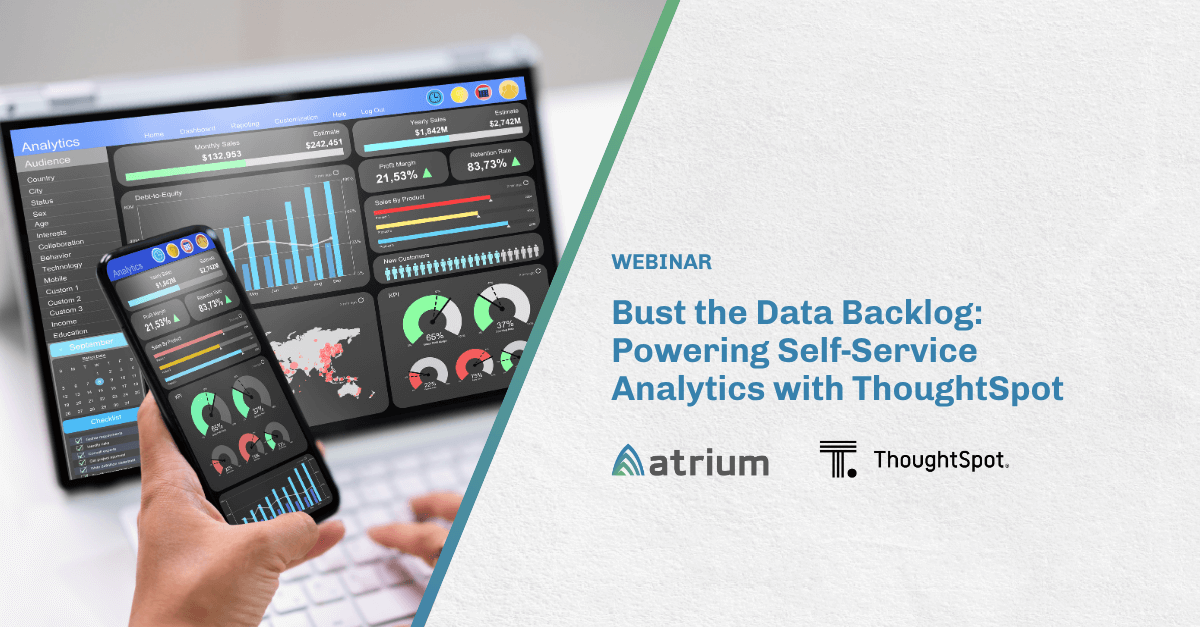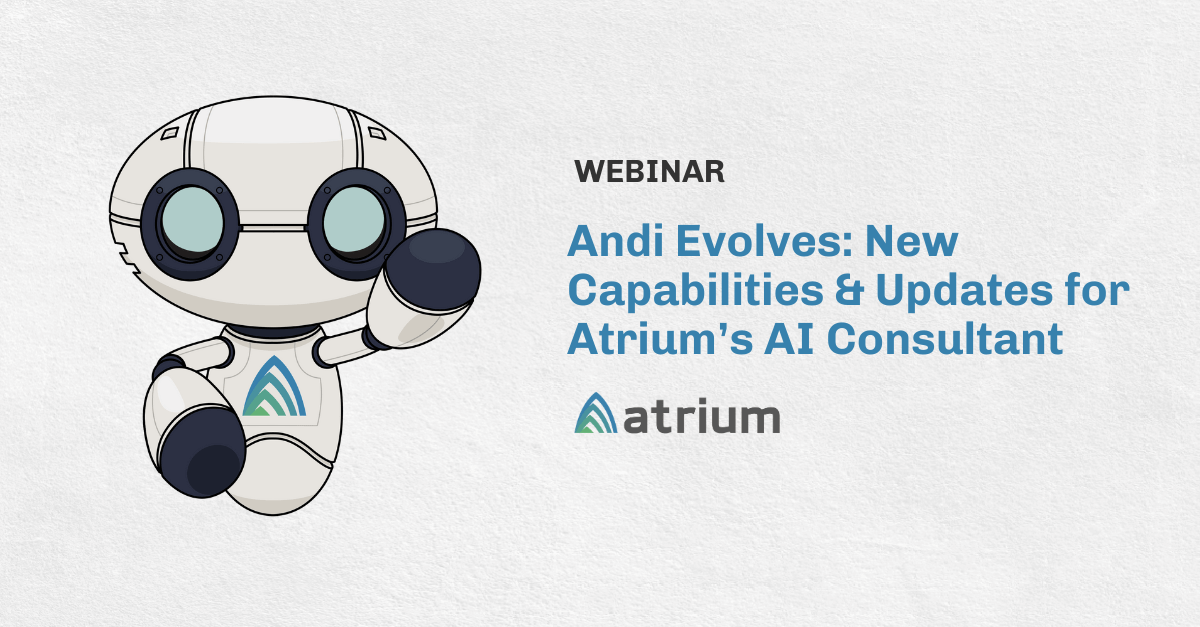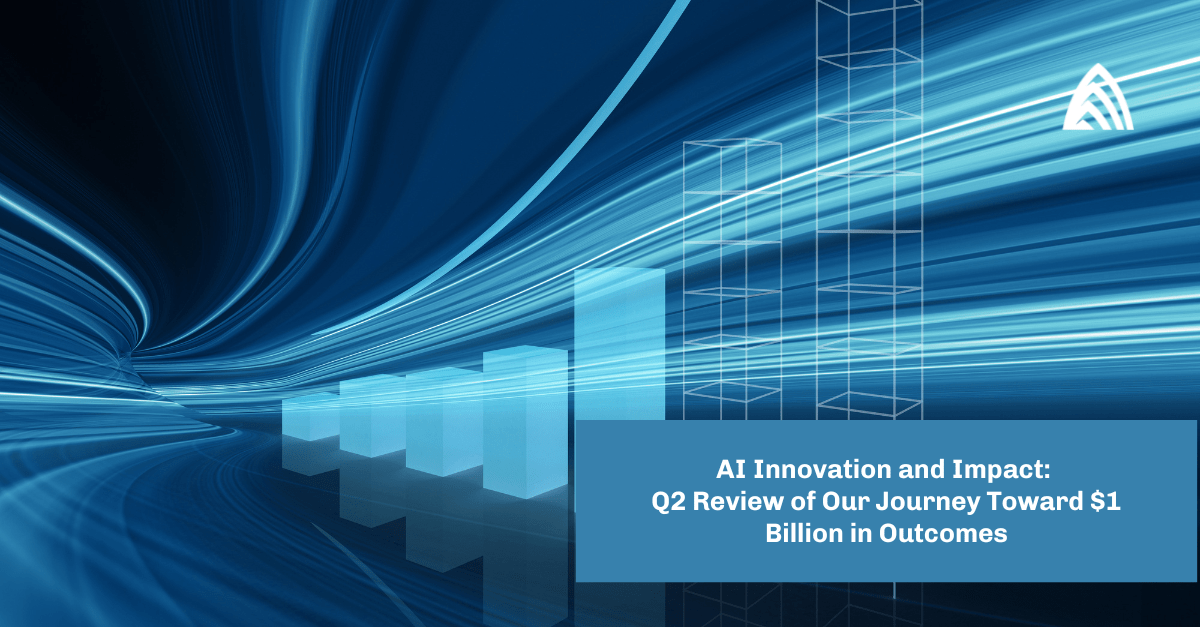How well are you adapting your customer experience to the new dynamics of engagement? It’s clear that all companies have been impacted by recent events in the world. If your company has a solid grasp on managing the customer experience and you have been chugging along executing against your well defined roadmap….Congratulations! But I’m sorry to inform you that you are probably in the midst of delivering a great experience in what can now be considered an outdated model. Yes, it happened THAT fast.
How to Make Sense of Customers’ Changing Expectations… and Act On Them
If you haven’t been obsessing over customer experience before recent global changes, you have a lot of ground to make up. Unfortunately, you’re now tasked with understanding your customer’s experience in its most complex form — when it’s undergoing a major transition wrought with uncertainty. A few things are certain — companies are shifting to virtual workforces and customers are becoming increasingly more difficult to connect with using traditional methods.
Today it is common knowledge that customers place tremendous value on their experience when interacting with your employees and products. Think about it, there are entire platforms that have been created to do nothing more than process customer feedback and influence the purchasing decisions of complete strangers.
Put Yourself in Your Customers’ Shoes
If one of the biggest challenges for most companies is customer engagement, then you have to consider when was the last time you asked yourself AND answered the following questions:
- How easy is it for a buyer to learn about our products and/or services?
- How easy is it to buy something from our company?
- What friction exists in the buying experience?
- Do we really understand our customers of today and our customers of tomorrow?
- Can my existing customers get the support they need?
- Are my current customers extracting meaningful value from our products and/or services?
- Are we helping customers to extract value or do we leave them on their own and wait until they get in touch with our contact centers?
- Do customers receive a consistent experience regardless of engagement channel (phone, web, chat, email, etc.)?
- Can I trust the customer engagement information we currently use?
- How do I know for sure?
Take a moment…think about it. When you answer these questions, how do you feel about the answers? Hopefully, you get a sense of comfort but unfortunately, many people will not.
Combine Insights with an AI Model to Create Repeat Customers
There have been endless articles written about how the new paradigm for customer experience is defined based on a personalized experience. Tailoring the customer experience implies your organization has not only captured the right information about your customers but that you have also analyzed, segmented, assigned attributes, and developed patterns for orchestrating a uniquely designed experience based on each customer profile. If you are at the forefront of these activities it means you have also deployed an AI model to better understand and predict customer behaviors.
When companies struggle to manage their customers’ experience, it can frequently be traced to a lack of understanding of their different customer profiles/personas. Customer profiles help to distinguish how your customers are different from each other. If you are looking to create a tailored experience for your customers, it is paramount that you segment and define the attributes and then discover data signals for each of your customer types. It is also recommended that you unleash the power of AI with knowledge of your different customer types to add a predictive element to help guide your own customer interactions.
Attract and Understand Potential Customers with the Right Lead Scoring Method
Odds are if you don’t have a firm grasp on creating repeat buyers (customer retention), you are likely struggling with securing first-time buyers (customer acquisition) as well. Certainly, recent world dynamics have, at a minimum, forced you to rethink how potential customers will engage with your company. Not only has your organization moved to a virtual setting, but so have your prospects.
Shifting from customer retention to customer acquisition, consider how you might use existing segmented customer profiles to better understand more about potential customers. Lead scoring has been around for a very long time. To name a few methods (in order of operational maturity):
- Lead Scoring (aka Activity Score) – The discipline of determining if a lead is a potential match for your products and/or services by rating the lead against other customers based on their behaviors. Intended to capture how much a prospect is engaged with your company. This could include the lead’s website visits, form completes, email clicks, etc.
- Lead Grading (aka Fit Score) – The discipline of determining if a lead is a potential match for your products and/or services by rating the lead against other customers based on their characteristics. Intended to capture how much an incoming prospect resembles your existing customers.
- Predictive Lead Scoring – The analysis of historical and real-time attributes to determine a customer’s buying readiness. Used to inform marketing actions to provide relevant and tailored marketing materials at the right time. Used to inform sales regarding leads that have the highest likelihood of transitioning to an opportunity based on multi-variant scoring of previous first-time buyers.
Any of these methods will positively impact lead conversions if they are deployed correctly and utilized consistently. There is a good chance that your organization is already utilizing lead scoring and/or lead grading techniques in marketing and outreach functions. If you are focusing on the creation of an AI model for “Predictive Lead Scoring,” there are several relevant data sources you will want to consider such as:
- Demographic data
- Firmographic data (industry, location, company size, status, structure, performance)
- Geographic data
- Activity data
- Web behavior
And of course, customer profiles are influenced by buying behaviors.
The Key to Customer Success with a Predictive AI Model
If you have already deployed a predictive AI model, consider the model was trained utilizing buying behavior captured before the recent shift. How will your AI model handle the massive changes in buying behaviors that have occurred in recent months? Will it be as accurate as it was previously? Should you retrain your model on more recent buying patterns or should you ignore recent changes and assume buying behavior will return to what it was like before the recent shift? There are several options to consider. Here are two:
- If you believe customer behaviors will go back to what they were before the shift, then you could ignore data collected after the shift and hope your model survives a temporary decrease in performance before behaviors return to normal patterns.
- If you are convinced customer behaviors will change, then perhaps you should create a new model trained only on data acquired “post shift” and run both models side-by-side to help determine where you are still having success with the original model, and where the shift is impacting your business. This approach may be feasible only if you have accumulated enough data since the shift to retrain the model. It may require an adjustment period to use.
No single answer is correct for all businesses. Also, using your model in a vacuum is a bad idea. Rather, you should be informing your use of predictions with context. You have a better chance of adaptation if you choose the second approach. In either case, using predictive models while keeping the big picture in mind can help identify when an AI model runs into issues or goes astray. Identification of problems with your model is therefore just as important as how you train the model to begin with.
Are you making the right choice for the future? Atrium can help guide you in your decisions. Contact us to discuss your company’s needs today.








